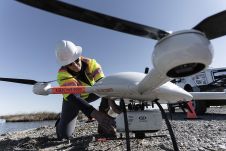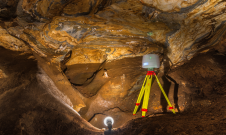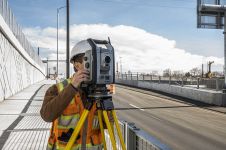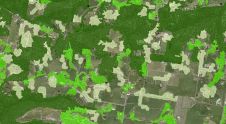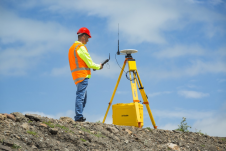Education is Crucial
This article was originally published inGeomatics World.
This issue has the theme of education, a subject which touches many aspects of our profession from recruitment to career progression. Jon Mills sets the scene by outlining the issues facing higher education, not least of which is recruiting enough good students and making sure that geomatics continues as an independent discipline.
Collaboration and integration with civil engineering, architecture and other subjects are essential but so is research on all aspects of geospatial surveying which can only be assured if this is recognised as a valid academic discipline. Jon, along with other contributors to this issue, also mention apprenticeships and whilst the new scheme is universally welcomed, there is still a need for educational institutions and employers to become involved and make the scheme work. The Survey School in Worcester is also featured in this issue and is playing an important role in training surveyors.
AI and Innovation
GW, along with other publications, has been paying attention to artificial intelligence (AI) in recent months. Jon Mills notes the disruptive influence of AI. It is likely that AI will have a part to play in geospatial surveying, maybe in as yet unthought of ways, and at the very least it is necessary that we understand what is involved and the implications for society and our profession - hence the need for education on this. Another way of driving the profession forward and attracting bright young minds is innovation; Gordon Johnston has some thoughts on this. The Geovation Hub has proved that there are new applications of geomatics and we will be looking at this in the future.
Educating Users and Providing Infrastructure
Finally on this topic, there is the need for education of users. There are many potential applications of geomatics, remember the mantra 'location, location, location'. Richard Groom highlights one area where this is becoming important in his report on the GeoRisk conference on insurance. We recently attended the Engage conference organised by DigitalGlobe with the theme of 'Innovation that shapes the future of Earth observation', (there will be a report in the next issue of GW), where there were powerful presentations from Allianz, SAP and PwC demonstrating that these global companies recognise the need both for data and the analytics necessary to extract information. There is a growing movement that advocates Earth observation as a fundamental infrastructure. The popularity of services such as Google Maps and Bing is an indication of how the general public finds this useful, and large companies are recognising the same need, but they need assurance of accuracy, reliability and up-to-dateness and companies such as DigitalGlobe are moving to provide what is needed. National Mapping Agencies are able to provide the required assured data but larger powers are required to set up the infrastructure.
Also in this issue, we include an article by Richard Gauchwin from Korec who takes up the theme of tailoring data capture to customer needs; this of course also involves an element of education - of the customer. A key element of educating customers and providing them with what they need is establishing a partnership between educators, industry and users.
Land and Societal Benefits
在他的专栏RICS政策,詹姆斯Kavanagh highlights the World Bank Land Conference which had the theme of Land Governance in an Interconnected World; another move towards the requirement for a fundamental infrastructure providing a framework and content relevant to location. A press release from Ordnance Survey in April reports that at the Commonwealth Heads of Government Meeting (CHOGM) held in London, will champion the use of geospatial data and the critical role it plays in creating the prosperity and well-being of future generations. OS will use the occasion to advise Commonwealth nations, hitting home the message that developing national and city geospatial capacity helps countries plan public services and infrastructure more effectively, manage crises and climate change, and grow economies. We can add the role of geospatial in supporting the Sustainable Development Goals in contributing to the well-being of developing nations.
Finally, we are pleased to present a preview of GeoBusiness and we look forward to seeing our readers at this event.
This article was published in Geomatics World May/June 2018
Make your inbox more interesting.Add some geo.
Keep abreast of news, developments and technological advancement in the geomatics industry.
Sign up for free














